AI is now a hot topic for all kinds of creatives. Some artists are passionately embracing the new technology. Others are staunchly against it because AI is being trained on copyrighted artworks without the artists’ knowledge or consent. Some are cautiously optimistic and foresee – in case the copyright issue is resolved – that artificial intelligence will play a vital part in the creative process, giving artists more expressive freedom and speeding up tedious parts of work. Yet many people are concerned that, instead of taking care of boring tasks and leaving humans more time for creative ones, AI will replace artists altogether. The last issue is what we are going to discuss in this article. Will AI replace 3D artists or architects in the foreseeable future? This is a million-dollar question for both archviz experts and their customers.
As a 3D visualization studio, we keep a close eye on the development of any new technologies which might influence the industry. And AI is destined to do that. But will it replace 3D artists? Let’s try to find out!
#1. How does AI work?
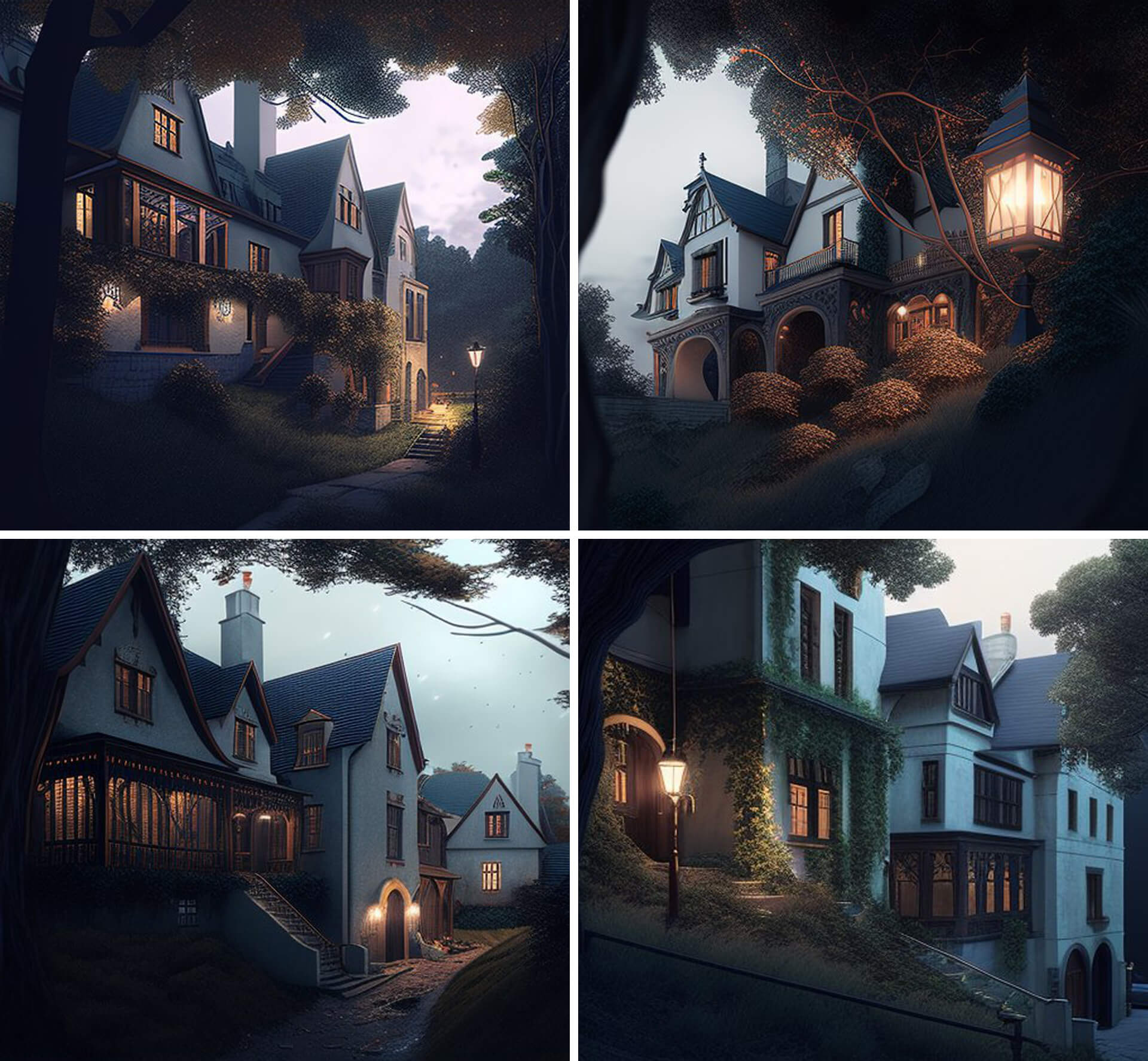
Artificial intelligence is a neural network trained to seek and recognize patterns in the received data. The software analyzes and synthesizes it into something new. There are different types of AI tools, but here, we will focus on visual-based ones that are shaking the creative world right now.
The most popular AI software that works with images includes Midjourney, DALL-E 2, Stable Diffusion, Craiyon, Hotpot, Crypko AI, GLIDE, Latent Diffusion, and Artbreeder. Many of these programs have unique distinctive features. For example, NightCafe allows the creation of videos, Deep Dream Generator lets the user edit images, and StarryAI generates NFTs.
So, how does AI work? Let’s take a look at how Midjourney, the most popular visual-based AI software, functions. After receiving textual and/or visual input, it produces an image or series of images according to a given request. For the most part, this artificial intelligence uses imagery found online. And it’s the point of contention for most creatives who oppose the technology. However, nothing stops 3D artists from setting AI to use their own artworks as references.
Now, let’s see an actual example. Our artist took these two renderings from ArchiCGI’s 3D visualization portfolio.
He gave them as references to Midjourney. In less than a minute, he got this result.

Looks quite impressive, isn’t it?
And here, he took two more of our renders and also combined them in Midjourney.
Eventually, the outcome looked like this.

This is one more pair of our 3D renders the artist used as a reference for AI.
But this time, he also added a textual input. Namely, Midjourney was asked to add evening lighting to the result. Here it is.
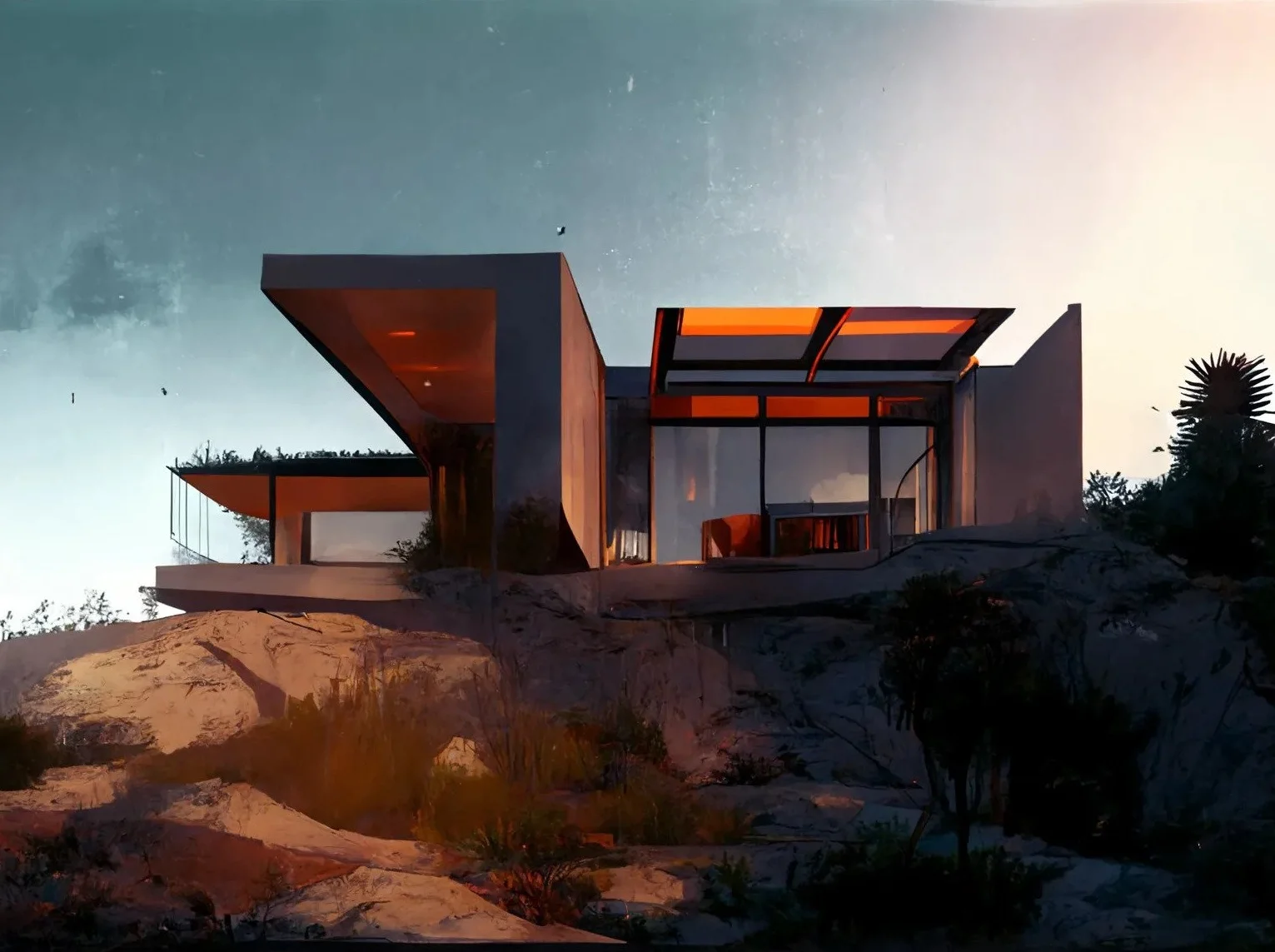
How do you like it?
There is also ChatGPT, another AI tool that has swept the creative world. Unlike the ones mentioned above, it’s text-based. Still, it has its uses for architecture experts, 3D artists, and other visual creatives. But we will get to that a bit later in this article.
#2. How can AI be useful for a 3D artist?
First of all, AI is very handy in working with clients during the concept development stage. Here, AI can assist 3D artists rather than replace them. They will no longer need to spend ages modeling scenes and rendering the images just to get them eventually rejected by a client. Now, 3D artists only need to give a client’s visual references or/and text descriptions of the desired result to the AI. It will quickly visualize an idea. Artists can do as many iterations as needed until the AI delivers a concept the client likes. And only after that, one can move on to working in 3ds max to replace AI-produced pictures with high-quality 3D renders.
AI is also great as a source of references for artists who want to extend their portfolio with personal works. It can streamline the process of searching for the best angles, shapes, textures, materials, and colors, making the workflow infinitely quicker. In a task like that, AI couldn’t possibly replace 3D artists. At this point, human input is essential for choosing the right references and using them creatively. If anything, here AI is more likely to replace moodboards.
Let’s take a look at how one of our artists created a piece for his portfolio using Midjourney. He gave it the following key: “scandinavian home winter forest fjord high-quality render”. Based on this request, the AI generated 4 options. Take a look.

The artist picked one of the images (the left below). Then, AI made 4 variations of the chosen pic. Here they are.
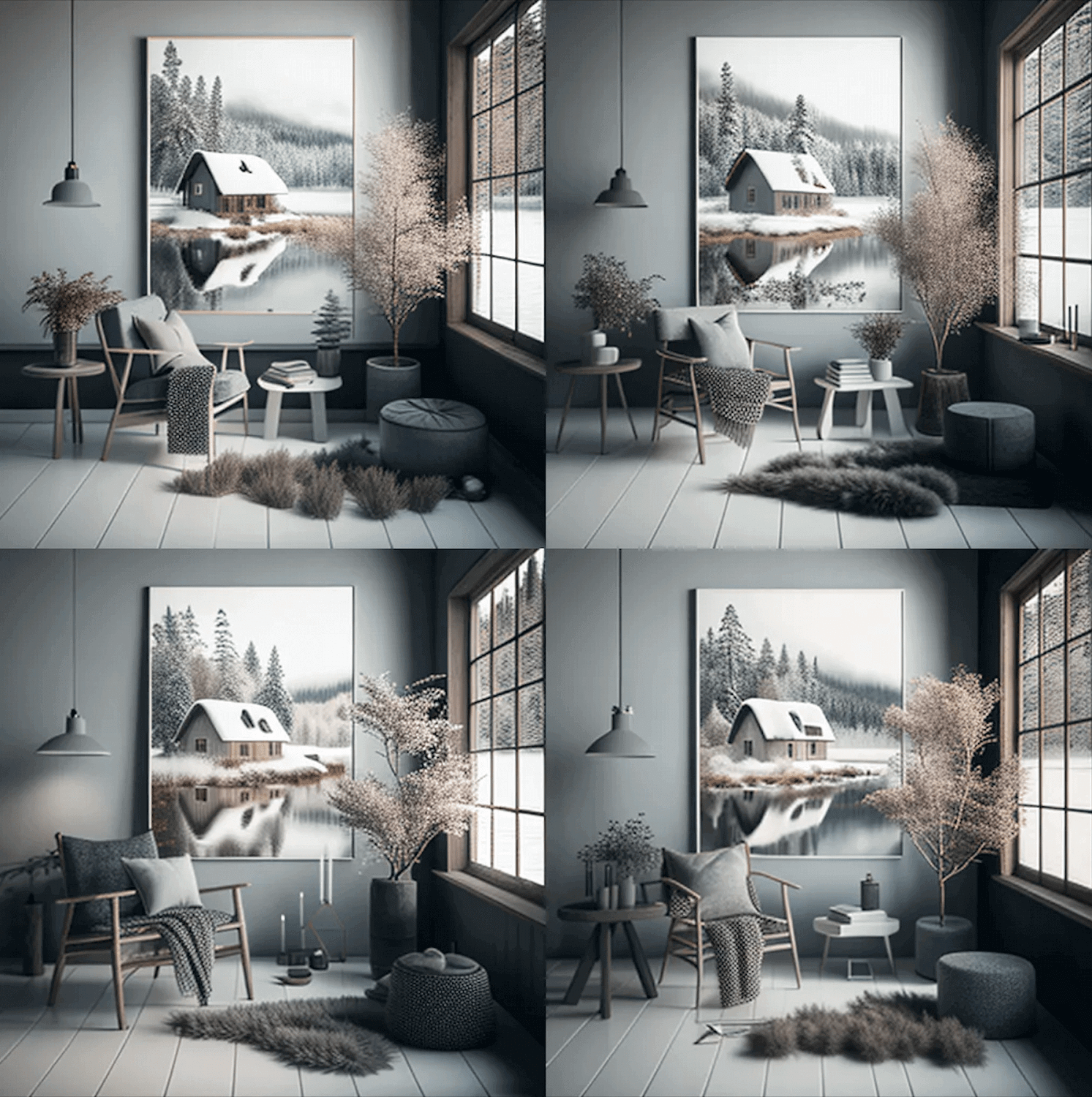
After a couple more iterations, the picture looked like this.

Based on this result, the artist finished the concept, modeled and textured it in 3ds Max, and rendered the high-quality image you see below.

It will serve as a great addition to his portfolio.
And what about text-based artificial intelligence? ChatGPT provides another opportunity to streamline the architectural visualization workflow. Now, at ArchiCGI, we record our calls with clients, convert them into text, and feed them to ChatGPT. The AI creates a to-do list based on the input. That saves a lot of time and energy on making a detailed technical assignment, allowing us to complete projects quicker for our clients.
#3. How can AI be useful for architects?

Will AI replace architecture experts? Unlikely. But will it change the industry? Most definitely. And the first aspects to change will be the earliest project stages, which are sketching and creating ideas. “Like architectural sketches, AI imagery is often colorful and dreamlike, but not necessarily actionable as a detailed plan,” a US architect Andrew Kudless claims.
Simply put, AI will allow architects to transform their relationship with clients by showcasing many vibrant, appealing images in the early stages of design brain-storming. Plus, one will be able to delegate monotonous tasks to AI. These may include, for example, recreating repetitive patterns of simple designs in different environments.
#4. What can humans do better than AI?
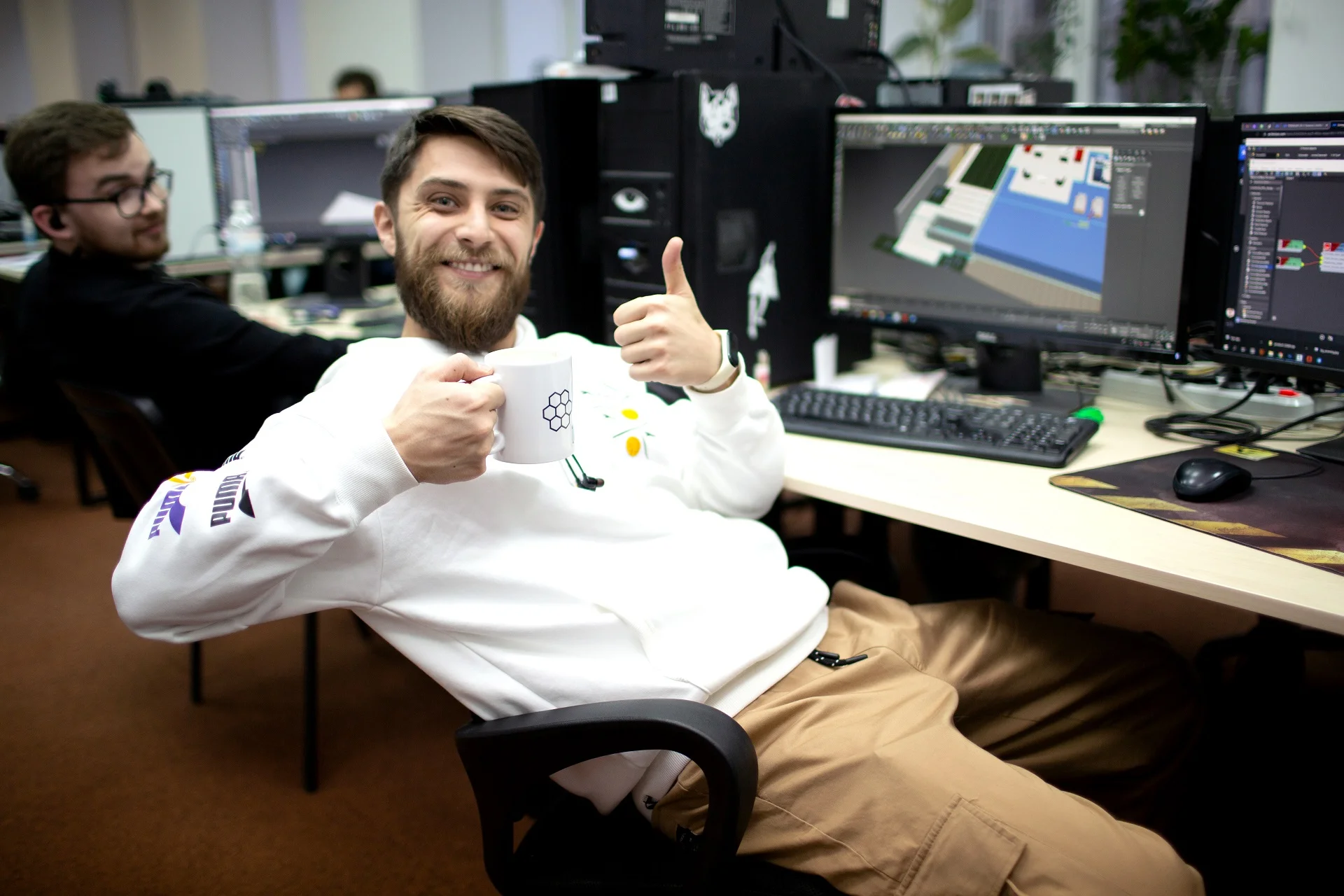
Some people argue that AI using images for training is just the same thing as an artist using references. However, while human artists improve their skills, strive for an individual style, and, most importantly, are capable of creating an absolutely new concept from scratch, AI can’t create anything truly unique and innovative. It just compilates the data. That’s why quite often you can see the butchered artists’ watermarks on some AI-produced results. So, basically, AI’s work is more like a masterfully made collage.
Hence, the things that make AI different from human artists and architects are the creativity, intent, and imagination of the latter. Inspiration and insight are not easy to replace or replicate by a machine. AI can’t think as a person does, so to get even marginally useful results, it needs a human counterpart – someone to choose and adjust the input.
Partly because of that, AI can’t process complex technical assignments that include precise technical drawings and specifications. Artificial intelligence works well as a tool to find new ideas. But to visualize a specific project? You will still need to reach out to a professional 3D artist.
#5. What to expect from AI in the future?
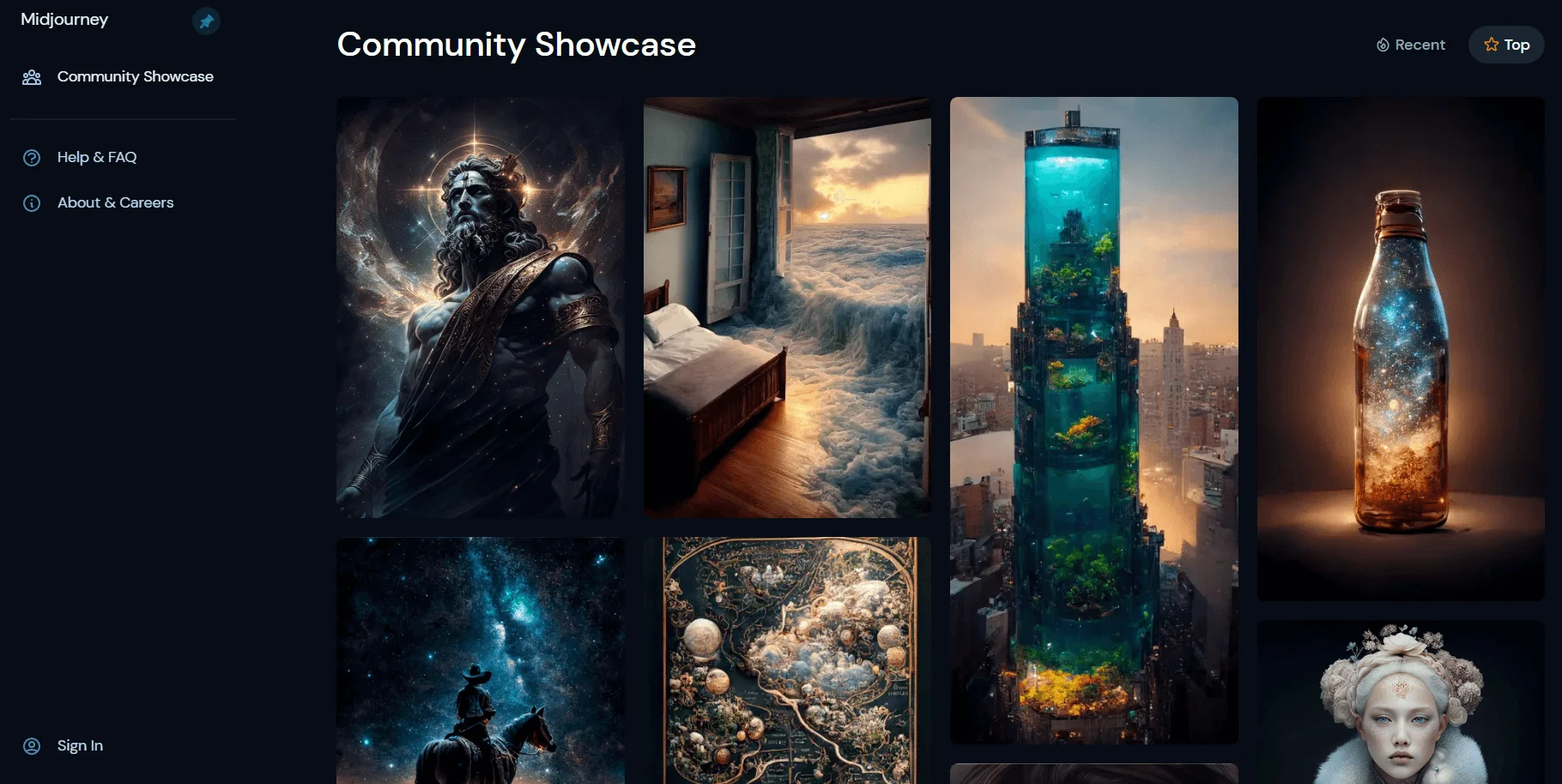
So, will AI replace 3D artists or architects anytime soon? The answer is definitely no. However, it is expected that AI will modify many aspects of these professions. Apart from producing impressive concept sketches early on, AI may be used to evaluate and optimize plans and schemes as well as prioritize tasks in the project. It can also be helpful in risk assessment, as it is less unlikely to miss any design flaws.
All in all, together with virtual reality for architects, AI technologies are going to bring workflow and presentations in the AEC industry to the next level. A VR tour around an AI-powered yet-to-be-built house? Why not!
Maybe, AI will eventually fulfill one of the humanity’s most cherished dreams: robots doing all the boring work while humans get to be artistic and innovative.
Get your project estimated in just 1 hour - fill out this brief!
While some do fret over the question “will AI replace 3D artists or architects,” most of the creative community – especially those who have tried working with AI firsthand – agree that the technology will change the industry for the better. And it is very unlikely that it will replace 3D artists, architects, and designers. Though AI does streamline some processes, it always needs a human touch to produce something truly interesting or useful. On a grand scale, AI is similar to photography, which shook the art world more than a hundred years ago.
At ArchiCGI, AI will not replace our experienced professionals, that’s for sure. However, we are already using it to make our 3D artists’ work easier and provide our clients with more impressive results faster than ever before.
Looking for 3D visualization services? Get in touch with us to get stellar CG images created by seasoned artists who use cutting-edge technologies!

Stacey Mur
Content Writer, Copywriter
Stacey is a content writer and a CG artist. Outside of work, Stacey enjoys musicals, Star Wars, and art talk. A proud Corgi parent.


